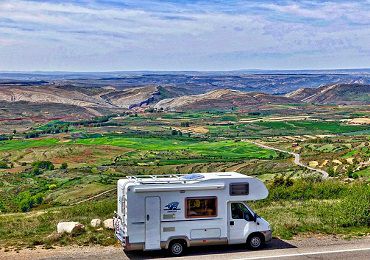Remnants of this royal city are interspersed between paddy fields and villages. Most visitors see them while traveling around in the back of a horse- drawn cart. This is a romantic but slightly uncomfortable experience because Inwa’s roads must be some of the worst in Myanmar. All of the following can be visited in a few hours.
01. The Bargaya Monastery
This was built in 1834 A.D. during the reign of King Bagyidaw. It is built entirely of teak wood and the monastery has 267 gigantic teak wood posts. The biggest post is claimed to be 18 m high and nearly 3 m in circumference. That is one massive log! The monastery is large and impressive and is a storehouse of Myanmar culture.
The monastery’s grand teak doors and walls are decorated with lovely bird, animal and flower carvings. The building has a three-tiered roof and its adjacent religious lecture hall on the eastern side of the monastery has a seven-tiered roof.
The monastery sits in lonely splendor in the middle of wide paddy fields, with palms and banana trees clustered in profusion around its shady base. It was undoubtedly my favorite place in Inwa and initially we were the only visitors present so it was a really magical scene.
This was previously used as a teaching monastery for the royal family, and it is still in use as a monastery today. As we walked around, we saw some monks reading scripture and children having lessons. Outside there are a few stupas that are worth a look.
02. Maha Aungmye Monastery
This is no longer a living monastery, but it is still in quite good condition and is popular with visitors. It is one of the finest specimens of Myanmar architecture during the Konbaung Period (19th century).
Its architecture simulates wooden monasteries with multiple roofs and a prayer hall with a seventiered superstructure. King Bagyidaw had the monastery built for his third wife, Queen Nanmadaw Me Nu, about the time he moved the royal capital back from Amarapura to Inwa in 1823.
The monastery is often referred to as the “brick monastery” because the brick and yellow stucco materials used in its construction are quite different from the traditional wooden monasteries. Don’t miss walking under the floor to explore the many passageways. Inside there is coolness and space. It was damaged by an earthquake in 1838 but was repaired in 1873 by Queen Sin Phyu Ma Shin.
03. The Watch Tower
This 30 m high tower is the only masonry building left on the site of King Bagyidaw’s Palace. The top part of the tower was shattered and the rest left leaning to one side after an earthquake in 1838. It has since been partially restored but it still leans noticeably.
It is a good place for a photograph but you are unable to climb the tower due to safety’ concerns. As with all other sites in Inwa, there was a vendor selling drinks and a few souvenirs.
04. Yedanasini Paya
This is a small temple which is often by-passed on the carriage trail, but we asked to stop and were rewarded by some fine views and interesting photographs. It has a beautiful sitting Buddha, exposed to the elements and there are some old brick stupas shaded by a giant tree.
05. Other attractions
There are several more pagodas scattered around Inwa and if you have the time it is worth seeking some out. Most cart drivers will not understand your interest in this and will be reluctant to go to the more outlying ones. Nogatataphu Paya is one to consider because it is only a few hundred meters beyond Yedanasini.
The city was once surrounded by a huge wall, which is claimed to have formed the outline of a seated lion. Some remnants of these massive fort walls and moat can still be seen and they interest visitors but they are merely a backdrop for normal life to the residents. The walls give you a reference point from time to time when they reappear to guard peaceful farmlands. Perhaps the most impressive part is the heavily reconstructed southern gateway.
Just north of Inwa, you can find the ruins of Thabyedan Fortress, which was built under King Mindon between 1874 and 1878 to defend against the British during the third Anglo-Burmese War. It is near the southern bridge to Sagaing and you need to look down the embankment before crossing the bridge.




